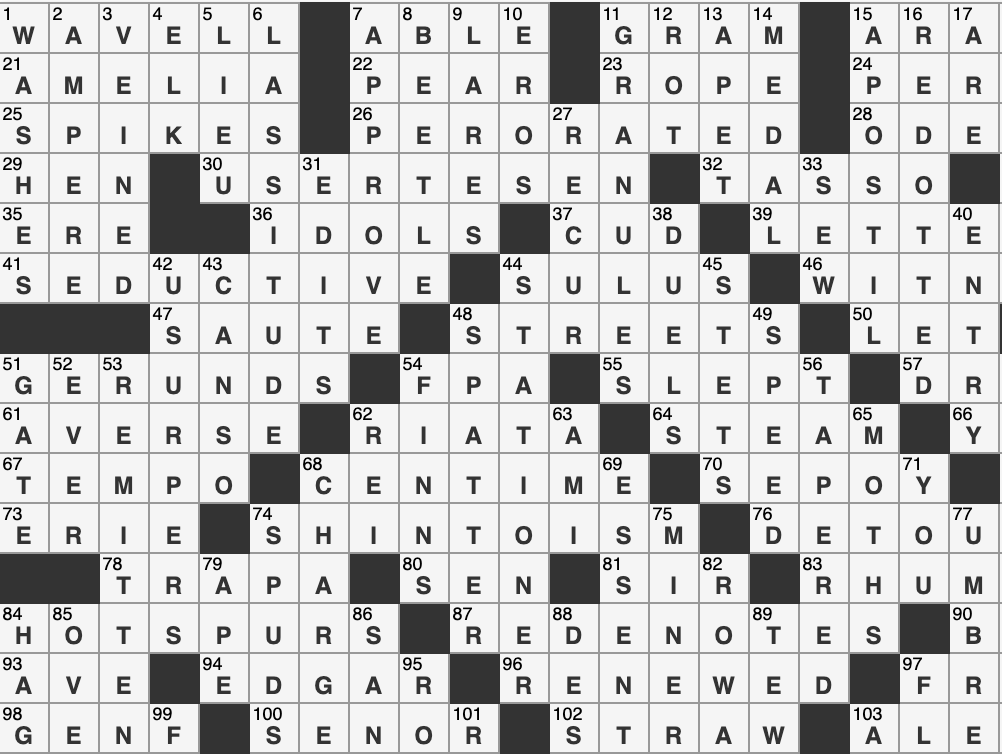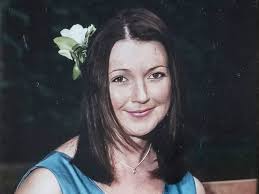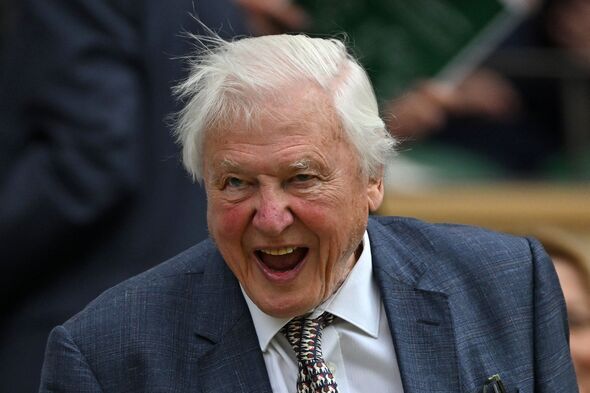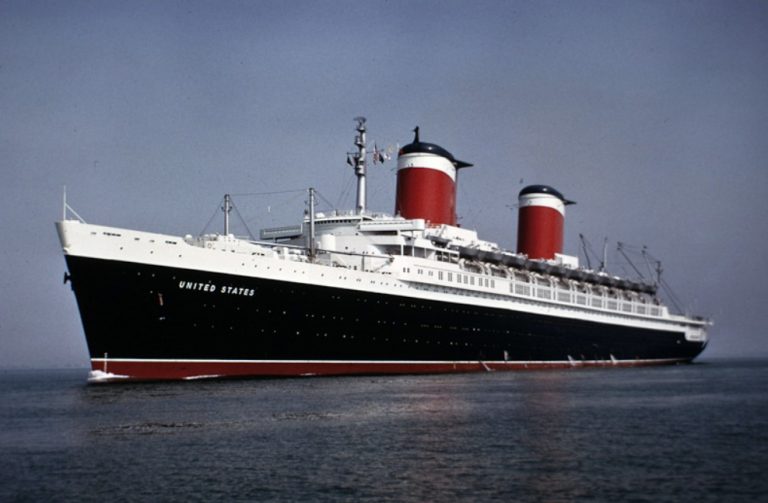The New York Times Crossword: An In-Depth Overview
The New York Times Crossword, often regarded as the gold standard of crossword puzzles, has become a cultural institution since its debut in 1942. It has captured the hearts and minds of puzzle enthusiasts around the world, offering a challenging yet rewarding experience to solvers of all skill levels. The NYT Crossword is not just a puzzle but a symbol of intellectual engagement, creativity, and the joy of language. This article will explore the history, structure, evolution, and cultural significance of the NYT Crossword, along with notable figures, milestones, and the impact it has had over the decades.
History and Origins of the New York Times Crossword
The Birth of the Puzzle
The New York Times Crossword puzzle was first introduced on February 15, 1942, by Margaret Farrar, the newspaper’s first crossword editor. Farrar was tasked with creating a puzzle that would cater to a broad audience, and her creation quickly gained popularity among the readers of the Times. What set the NYT Crossword apart from other puzzles of the time was its level of sophistication and its mix of wordplay, trivia, and general knowledge that appealed to a more intellectually curious audience.
The Role of Will Shortz
One of the most significant figures in the history of the NYT Crossword is Will Shortz, who became the puzzle’s editor in 1993. Shortz, a puzzle aficionado and creator of his own puzzles, revolutionized the way the crossword was constructed, curated, and presented. Under Shortz’s leadership, the crossword puzzle became more innovative, diverse, and challenging. He introduced themes, fresh clues, and a wider range of references, all of which contributed to the puzzle’s evolution into a beloved part of daily life for solvers.
Shortz’s approach emphasized accessibility for a wide audience, appealing to both seasoned crossword enthusiasts and casual solvers. He also ensured that the NYT Crossword reflected contemporary language and cultural trends, keeping it relevant and exciting.
Structure and Design of the New York Times Crossword
Grid Layout
The NYT Crossword puzzle grid consists of 15×15 squares for weekday puzzles and 21×21 squares for the larger Sunday puzzles. The grid is a mix of black and white squares, with white squares containing letters that solvers must fill in according to the clues provided. The number of black squares and their placement varies depending on the specific puzzle, but they are strategically placed to create both challenging and solvable puzzles.
For most standard daily puzzles, the grid is symmetric, meaning that the placement of black squares mirrors across the center of the grid both vertically and horizontally. This symmetry is a hallmark of traditional crossword puzzle design, which has been adhered to by the NYT for decades.
Clues and Answers
Each NYT Crossword puzzle has two types of clues: Across and Down. These clues correspond to the entries in the horizontal and vertical directions, respectively. The answers to these clues are typically one word, though occasionally multi-word answers are required. The difficulty level of the clues increases progressively throughout the week, starting with easier puzzles on Monday and culminating in more challenging puzzles by Saturday.
The clues often require a combination of wordplay, general knowledge, and puns. They can include references to pop culture, history, geography, and language, with an emphasis on cultural literacy. The crossword also often features clever twists, such as themed puzzles or unique wordplay that require solvers to think outside the box.
Types of Puzzles and Difficulty Levels
Monday to Saturday Puzzles
The difficulty level of the NYT Crossword increases gradually from Monday to Saturday:
- Monday: These puzzles are generally straightforward, with simpler clues and more common words. They are designed to be accessible for beginners and are often considered the easiest puzzle of the week.
- Tuesday: The difficulty level increases slightly, with more tricky wordplay and less common words. Solvers may need to use more general knowledge, but the puzzle is still relatively easy.
- Wednesday: By Wednesday, the puzzles become more complex, with harder clues and a few surprises in the grid design. This is where solvers begin to encounter some of the more challenging elements of the NYT Crossword.
- Thursday: The Thursday puzzle is often the trickiest of the week, with creative clues and more obscure references. There is often a theme or a twist to the puzzle that requires solvers to think more critically.
- Friday: The Friday puzzle is generally considered one of the most challenging, with longer answers, intricate wordplay, and a higher degree of difficulty in both the clues and the answers.
- Saturday: The Saturday puzzle is the ultimate test of a solver’s skills. It contains the most difficult clues, with complex wordplay, obscure references, and highly challenging answers. These puzzles are for the seasoned solvers who enjoy a significant challenge.
Sunday Puzzles
The Sunday puzzle is larger than the daily puzzles, typically consisting of a 21×21 grid, and is usually the most difficult puzzle of the week in terms of its size and complexity. While Sunday puzzles can be trickier, they also often feature interesting themes, making them fun and engaging for a wide audience. The Sunday puzzles are considered a step above the Friday and Saturday puzzles in terms of their creativity and structure.
Key Milestones and Notable Moments
Puzzle Evolution
Over the years, the NYT Crossword has evolved significantly. In the early years, puzzles were often quite formal and straightforward, but over time, they have become more dynamic, with increasingly creative and playful themes. Will Shortz, who took over as editor in 1993, was instrumental in this transformation, expanding the diversity of themes, clues, and wordplay used in the puzzle.
One major innovation introduced by Shortz was the concept of themed crosswords. These puzzles feature a central theme, with many clues and answers relating to it. Themes can include wordplay, pop culture references, historical events, or even unique language quirks. This trend brought a new level of creativity to the puzzle and helped increase its popularity.
Digital Transition
With the rise of digital technology and the internet, the NYT Crossword made a successful transition to digital platforms, allowing solvers to access puzzles online via the NY Times Crossword app or the official website. This shift in distribution has enabled a global audience to enjoy the puzzle, while also making it easier to track progress, compare times, and even compete with other solvers.
The crossword has also become a significant presence on social media, with fans sharing their achievements, discussing strategies, and engaging with the puzzle’s cultural references. Online crossword forums, such as XWordInfo and r/crossword on Reddit, provide a space for solvers to collaborate and share their insights about the daily puzzles.
Notable Figures in the NYT Crossword World
Will Shortz
As the editor of the NYT Crossword since 1993, Will Shortz is perhaps the most influential figure in the puzzle’s history. Known for his passionate commitment to the art of crosswords, Shortz has shaped the puzzle into a cultural phenomenon, with a focus on creativity and accessibility. His background in puzzle-making and his leadership has elevated the NYT Crossword to a level of intellectual prestige that attracts a wide variety of solvers.
Legendary Constructors
Many talented crossword constructors have contributed to the NYT Crossword’s legacy, crafting memorable and challenging puzzles that have become iconic. Some notable figures include:
- Merl Reagle: A renowned crossword constructor who contributed over 1,000 puzzles to the NYT. His puzzles were known for their wit, creativity, and ability to push the boundaries of traditional crossword design.
- Joel Fagliano: A contemporary puzzle constructor known for his engaging, thematic puzzles and unique approaches to clue-writing.
- Patrick Berry: A legendary constructor whose puzzles are celebrated for their precision, wit, and cleverness.
Impact and Cultural Significance
The NYT Crossword has transcended the realm of puzzles to become a significant cultural touchstone. For many solvers, completing the puzzle is a daily ritual, a source of pride, and a way to engage with language and general knowledge. The crossword has been featured in films, television shows, and even literature, underscoring its place in popular culture.
The NYT Crossword is not only a pastime but also a reflection of current events, trends, and cultural shifts. The puzzles often include references to the news, politics, entertainment, and more, making it a dynamic snapshot of the world at any given moment.
Moreover, the crossword puzzle community is diverse and global, with fans from all walks of life coming together to solve puzzles and share their love for the craft.
The Future of the NYT Crossword
As the world continues to evolve, the NYT Crossword is likely to evolve with it. The growing influence of technology, particularly with the rise of artificial intelligence and digital platforms, will continue to shape how crosswords are created, distributed, and solved. The future may also see even more creative puzzle formats, continued diversity in puzzle themes, and further integration with modern technology.
One thing is certain—the NYT Crossword will remain a cherished tradition for puzzle lovers worldwide, continuing to challenge, engage, and entertain future generations. Whether solving on paper, on an app, or online, the crossword puzzle remains an enduring symbol of intellectual curiosity and linguistic fun.
Conclusion
The New York Times Crossword has become an enduring and beloved part of American culture, evolving over the decades into a sophisticated and highly influential form of entertainment. Through its history, design, challenges, and cultural significance, it has captivated generations of solvers. The crossword is more than just a puzzle; it is a language of its own, a form of artistic expression, and a daily ritual for millions. Whether you are a seasoned solver or a newcomer, the NYT Crossword offers a world of creativity, wordplay, and joy, making it an iconic treasure in the world of puzzles.






